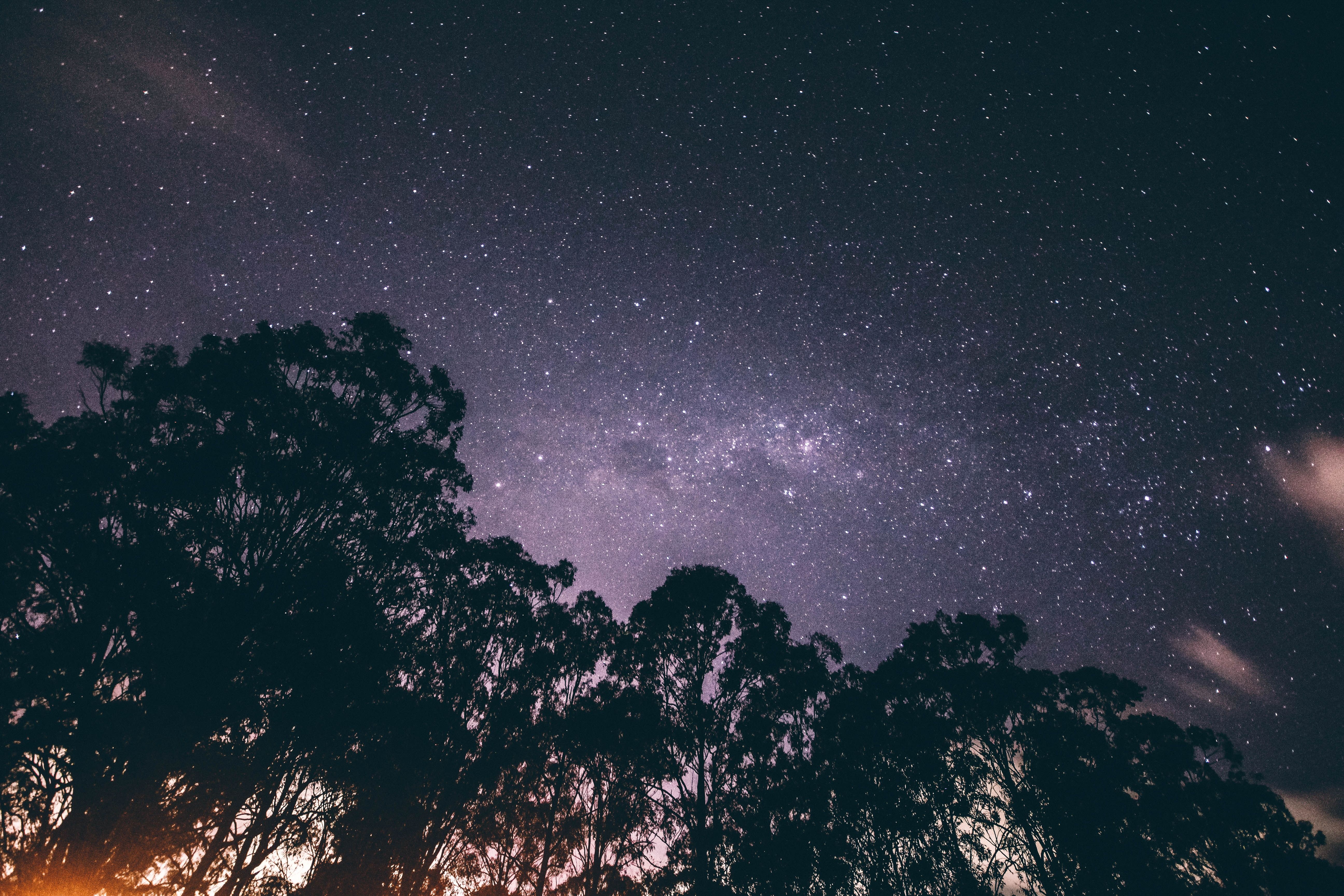Gaia adds another chapter to its “book of the heavens”
Sirius, Betelgeuse, Vega, stars that many of you know and perhaps some of you even love. Well get ready to know and love a whole lot more as the European Space Agency’s satellite Gaia has managed to map the distance, motion and colour of over 1.3 billion stars in our galaxy!
Gaia, with its 1 billion pixel camera, was sent into orbit about 1.5 million km above the earth in December 2013. It took until 2016 for the first batch of measurements to be released, which contained information about the brightness and position of about 1.1 billion stars, as well as the motion and colour of 2 million of the brightest objects in our galaxy. Recently, however, a second tranche of data has been released, giving us information about 600 times as many stars, in a volume of space 1000 times greater than before, to an accuracy over a 100 times more precise. Now we’re talking.
It took until 2016 for the first batch of measurements to be released, which contained information about the brightness and position of about 1.1 billion stars
Scientists are currently using Gaia to complete their “book of the heavens,” a complete categorisation of nearly all the stars in the Milky Way. Some say it’ll be even longer than “War and Peace.”
The humble little satellite promises to have completed its mission some time in the 2020s with two more big data releases for us space-geeks to look forward to. The amount of data we’re talking about here is absolutely huge, so huge in fact, that its predicted professional astronomers will simply not have enough time to plough through it to find any interesting bits. Consequently, the ESA is asking amateur astronomers and even schools to get involved.
The amount of data we’re talking about here is absolutely huge
It is hoped that this will potentially inspire young, curious schoolchildren to take up a career in science whilst also giving us new information about asteroids and exoplanets as it is expected to likely find over tens of thousands of new planets outside of our solar system.
When it is eventually finished, it is believed that this “book of the heavens” will be the standard reference book for all of astronomy for decades to come. Until then, I’m going to look through this data and get a few planets named after me, maybe a supernova or two.

Comments